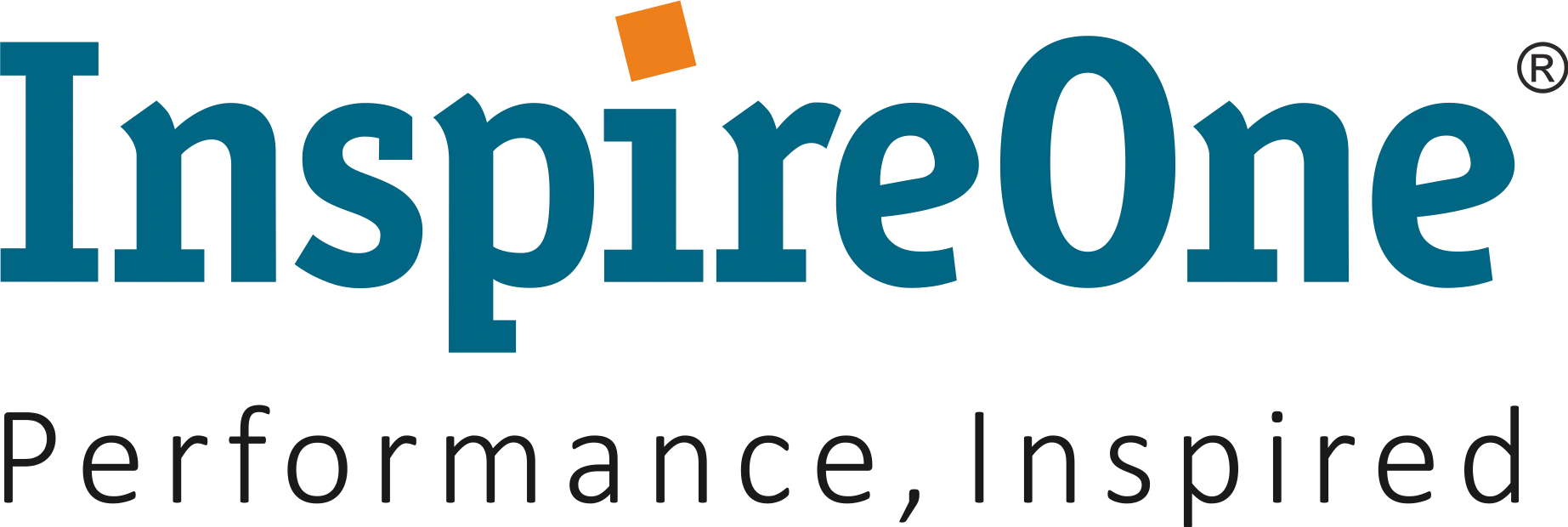Building on our previous blog about the importance of research, the next crucial step in the RAST Framework for ‘Key Account Management’ (KAM) is analysis.
While research provides the essential data about key clients, analysis turns this data into actionable insights. It allows account managers to build and sustain robust, mutually beneficial relationships with their most valuable clients. By thoroughly examining competitive dynamics, strengths, weaknesses, opportunities, threats, and trends, analysis ensures that strategies are not only client-centered but also aligned with company goals. This strategic insight is key to developing effective, tailored approaches that drive success and achieve shared objectives.
The 4 Ps of Key Account Management Mastery
In the context of client-centred selling, particularly within key account management, a thorough analysis of the concepts of power, personality, position, and priority is crucial for effective relationship building and sales strategies. Here’s how insights on elements strengthen the process of account management:
- Power: Authority vs. Influence
In KAM, distinguishing between authority and influence is essential. Authority refers to formal decision-making power, while influence often resides with individuals who, despite lacking official titles, shape decisions significantly. Recent research by Harvard Business School Online highlights the growing importance of influence in complex business environments, where decision-making is distributed across various levels. Power mapping helps identify both authority figures and influencers within client organizations. This strategic tool enables account managers to engage the right stakeholders, optimizing their approach and enhancing their ability to drive outcomes.
- Personality: Understanding Client Types
Personalizing engagement based on client personality types fosters deeper connections. Clients may exhibit traits such as analytical, relationship-focused, or results-driven. Recognizing these preferences helps tailor communication effectively. Behavioral insights, such as reading body language and understanding decision-making styles, enhance relationship-building. Research shows that empathy-driven, personalized communication not only improves client satisfaction but also leads to better business outcomes.
- Position: Competitive Analysis and Market Standing
A key account manager must understand their product’s position relative to competitors. Conducting a thorough competitive analysis reveals unique selling points and differentiation opportunities. Moreover, understanding both the client’s and your own organization’s market standing provides valuable context. Aligning strategies with this understanding helps craft compelling value propositions, strengthening client relationships and boosting market share.
- Priority: Identifying Needs and Buying Motivators
Identifying a client’s core needs and buying motivators—such as cost efficiency, innovation, or customer satisfaction—is crucial. By focusing on these priorities, account managers can tailor strategies and create value propositions that resonate with clients. Research emphasizes that aligning offerings with client needs leads to higher satisfaction and stronger, long-term partnerships.
Thusly, effective key account management integrates insights into power dynamics, personality types, competitive position, and client priorities. This comprehensive understanding enables account managers to tailor strategies to each client’s unique needs, enhancing relationships and driving successful outcomes.
In conclusion, robust Key Account Management (KAM) training is essential for achieving excellence in client engagement and driving business growth. By equipping sales teams with advanced analytical insights and personalized interaction strategies, this training enhances client satisfaction and strengthens relationships. InspireOne’s KAM Program, leveraging over 25 years of expertise and Tack TMI’s RAST Framework, empowers professionals to excel in expanding key accounts and boosting revenue. This comprehensive approach ensures long-term success and a competitive edge in a dynamic market.
References:
Haymond, S. (2017). Enhance your leadership through influence. The Journal of Applied Laboratory Medicine, 1(5), 598–599. https://doi.org/10.1373/jalm.2016.021873
Katti, M. (2024, September 10). Key Account Management (KAM) – complete guide for 2024. https://www.demandfarm.com/key-account-management/
Power & Influence: Articles, research, & case studies on power & influence– HBS Working Knowledge. (n.d.). https://hbswk.hbs.edu/Pages/browse.aspx?HBSTopic=Power%20and%20Influence
Power Mapping: What it is & how to use it. (2022, July 7). Business Insights Blog. https://online.hbs.edu/blog/post/power-mapping-what-it-is-and-how-to-use-it
Tack TMI. (2024, August 19). Key Account Management training courses – Tack TMI UK. Tack TMI UK. https://www.tacktmi.co.uk/course/key-account-management/
What are the best tools and methods for conducting a key account analysis? (2023, September 14). https://www.linkedin.com/advice/3/what-best-tools-methods-conducting-key-account







